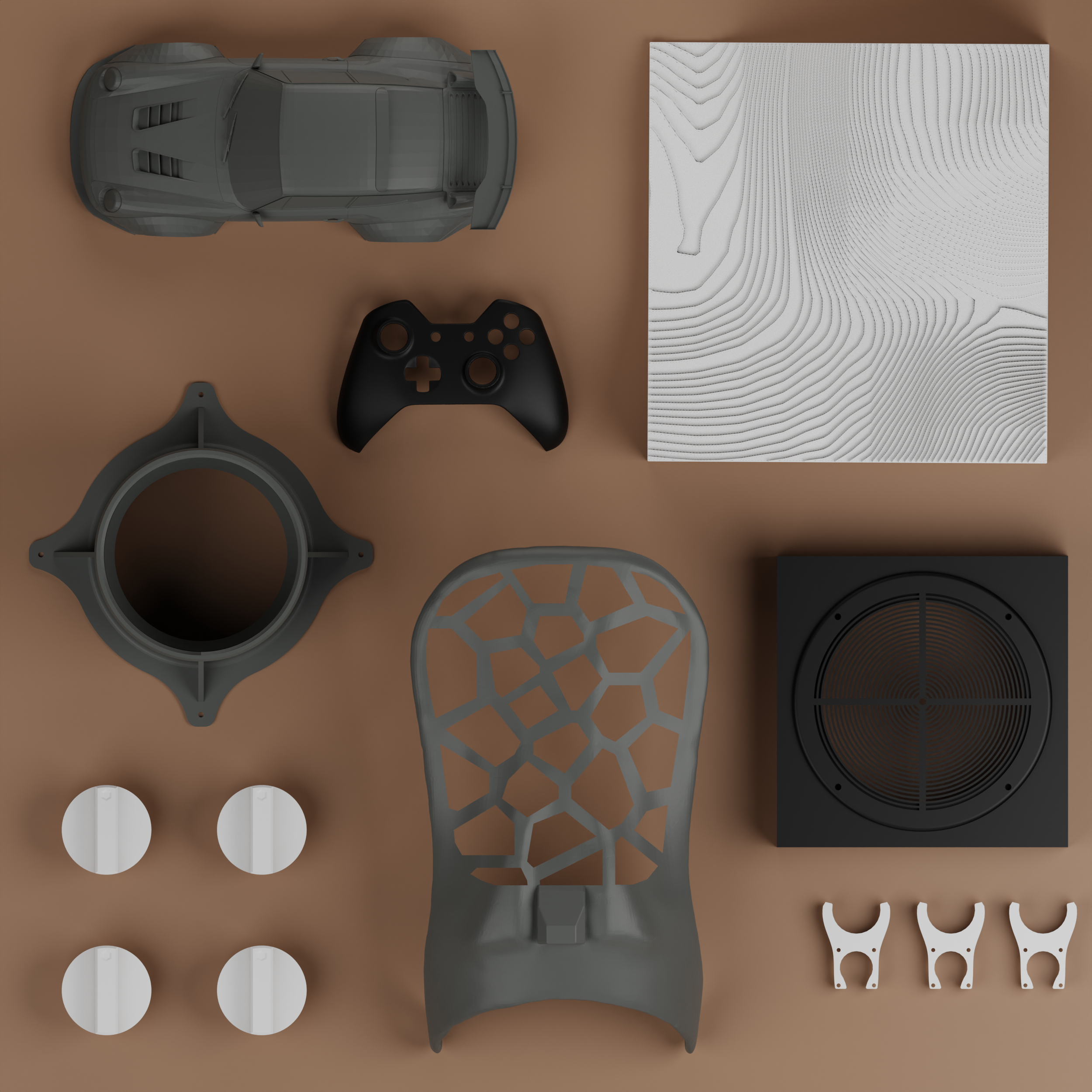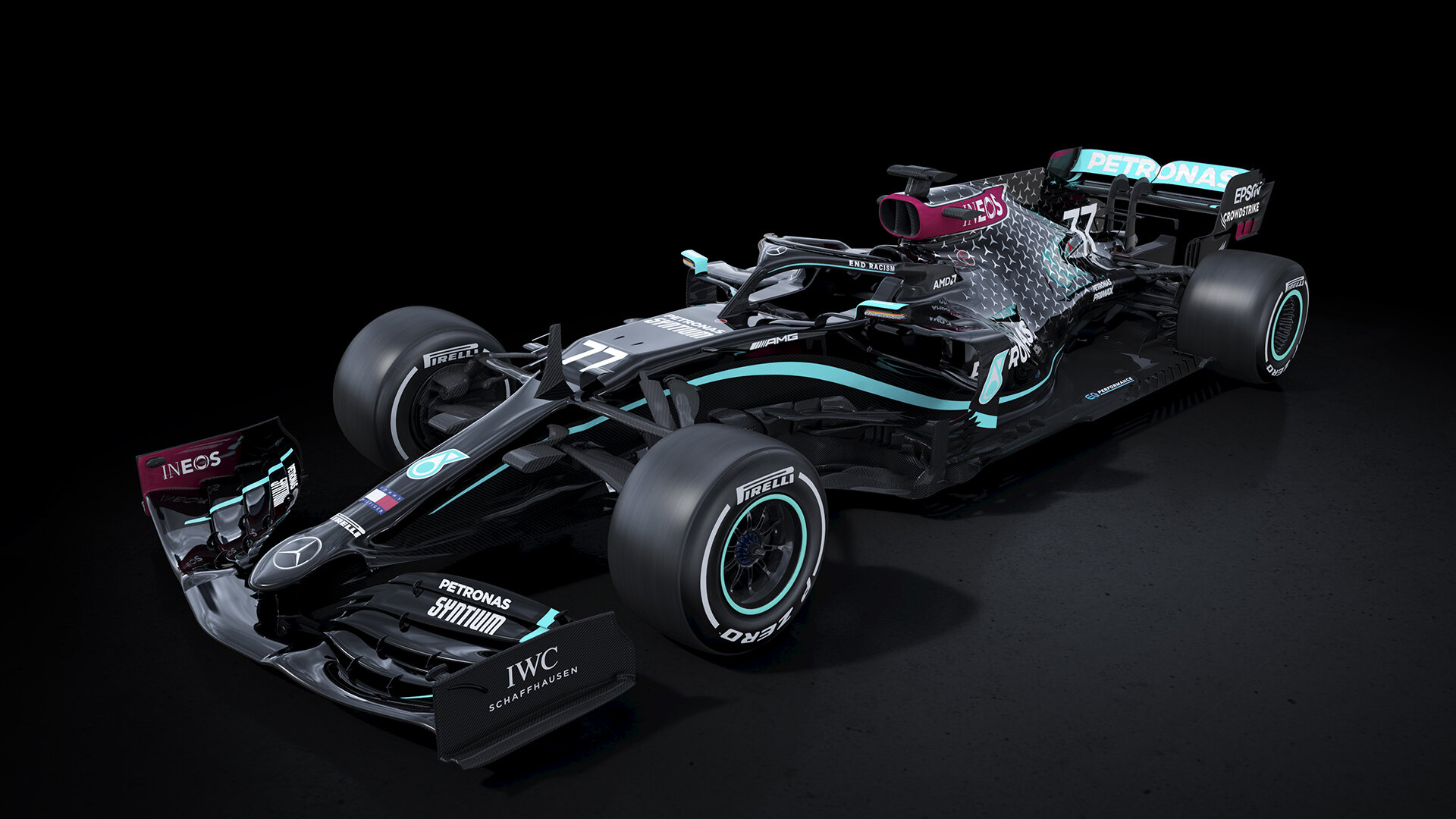The Value of Human Interaction in 3D Printing
While automated processes and algorithms are becoming increasingly sophisticated in the field of 3D printing, human interaction remains invaluable for leveraging creativity, addressing complex challenges, and ensuring the successful integration of 3D printing technology into various industries and domains.
Design, Print, Test, Repeat: Iteration in 3D Printing
The main advantage of 3D printing over traditional manufacturing is the ability to iterate quickly and cheaply. This makes the technology revolutionary in its ability to spur innovation. For a long time, 3D printing was best used for prototyping parts. Now, there are new durable and functional materials hitting the market nearly every day.
The Growing Trend of Replacing OEM parts with 3D Printed Parts
For various reasons, original equipment manufacturers (OEMs) are not always the best source for replacement parts. A growing number of people and companies are looking to 3D printing as a way to replicate parts that they otherwise would struggle to procure. This is especially true in the automotive, construction, and hardware technology industries.
Improving Injection Molded Designs with 3D Printing
Recently, a client came to us wanting to reverse engineer and 3D print an automotive trim clip for certain models of Mercedes-Benz’s. The original injection molded parts are no longer being produced yet there are still car enthusiasts that need them for restoration purposes.
10 Innovative Uses of 3D Printing
Could you be 3D printing? The technology is sometimes viewed as a process that’s exceedingly futuristic, technical, and niche. As a result, many people shy away from considering its applications for themselves or their business. This article presents 10 real-world applications of 3D printing across various industries.






